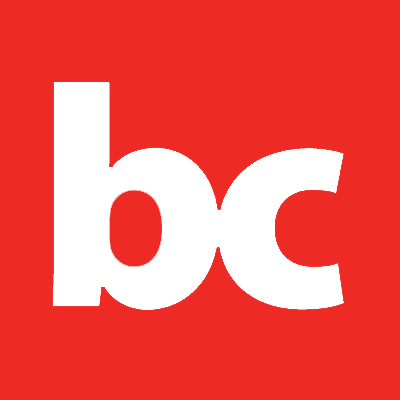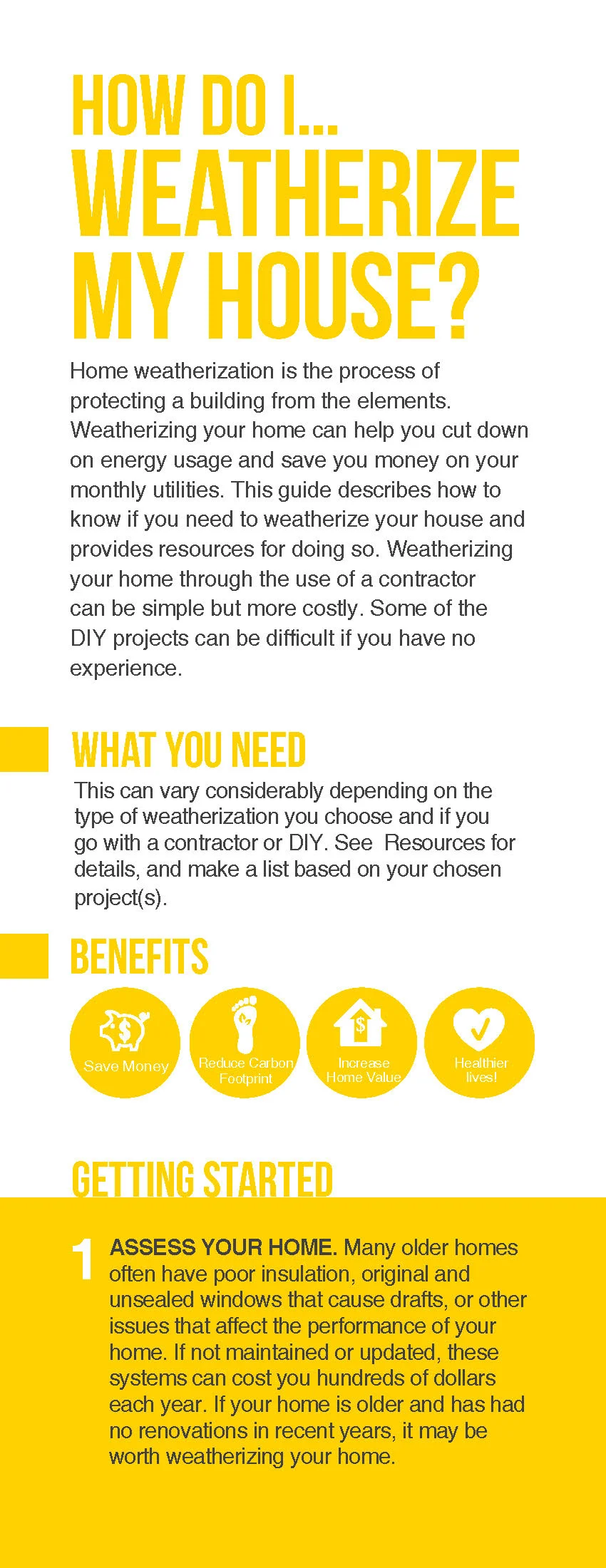
Produced by youarethecity, an urban design practice run by Kaja Kühl in NYC, the guide is aimed at individuals and community groups wanting to remediate toxic soil on vacant lots in their neighborhood.
Written by artists/ activists Gavin Grindon and John Jordan of the Laboratory of Insurrectionary Imagination, this 68 page guide inspires readers with belief in the impossible. The poetic call to action was initially distributed at the 2010 art activism event organized to protest proposed cuts to arts funding in London. Since its initial distribution the Open Access text has been translated in more than 6 languages and downloaded worldwide.
As one of the Center for Active Design’s more recent publications, Active Design: Guide for Community Groups addresses transportation, recreation, buildings, green space and nature and healthy foods and beverages. Inspired by NYHD’s work with community partners throughout the 5 boroughs, the Guide for Community Groups provides resources for communities to identify assets, envision the future of their neighborhood and strategize to improve public space. With these tools community led initiatives will be better empowered to make their neighborhoods more livable, vibrant and healthy.
In this Living Alleys Toolkit the San Francisco Planning Department lays out 7 considerations to evaluate before initiating any Living Alley project including hydraulics, underground utilities and accessibility. The toolkit includes the Planning Department’s evaluation of these challenges according to standards and regulations in San Francisco but the principles and questions raised can be practiced and applied in any region.
The Mayor’s Guide to Public Life is an inspiration and how-to guide for city leaders throughout the globe. Based upon a series of interviews with mayors and designers, the guide proposes 5 strategies: Measure, Invite, Do, Evolve and Formalize. With these strategies in-hand, municipalities will have the inspiration and framework needed to build more accessible and inclusive public spaces.
In 2015 the WalkBoston published a report on low cost pedestrian improvements entitled Pedestrian Infrastructure: Strategies for Improving Pedestrian Safety Through Low-Cost Traffic Calming. The report focuses on traffic calming strategies that can be implemented quickly and at a low cost by an individual, organization or municipality.
The Participatory Learning and Action Trainer’s Guide is part of the the International Institute for Environment and Development Methodology Series which offers tools, techniques and exercises to build dynamic learning environments for adult learners. The two part manual draws on decades of research by the IIED and provides guidelines for community empowerment through participatory projects.
A Consensus Handbook is a manual created by the UK Social Justice and Environmental Activism Worker Co-op, Seeds for Change, that provides tools and techniques for cooperative decision making processes.
Participatory Budgeting is a democratic and collective process in which community members decide how to spend a part of a public budget.
The Citizen’s Guide to Urban Design is a four section resource guide, commissioned by the Foundation of Louisiana in 2012, intended to guide the general public on how to play an active role in the design of their neighborhoods, communities, and cities.
Authored in the 1970s by New York City's community garden group Green Guerillas as a guide to combatting urban decay, "seed green-aids" are cheap and easy to deploy, and yield unpredictable, but potentially beautiful, results.
Maryland based planning and design nonprofit Neighborhood Design Center has created five guides to the community services they offer. Topics include planting trees, planning and making a neighborhood mural, home weatherization, weed removal, and giving presentations.
People Make Parks is a toolkit for engaging communities in public park design. The toolkit, a joint project of Hester Street Collaborative and Partnerships for Parks outlines eight ways to participating in park design, from advocacy to community visioning activities to stewardship.
[bc] Project Guides are series of short publications that describe the what, how, and why of buildingcommunityWORKSHOP’s People Organizing Place planning tools
A short, practical guide to planning, designing and hosting a PARK(ing) DAY event, a yearly occurrence on the third Thursday of September, when people across the globe temporarily transform a metered parking space into a small public space or park.
A set of 8 guides to getting a community based project completed, designed by the Detroit Community Design Collaborative, a Michigan based non-profit architecture and urban design firm.
Public Lab's detailed set of instructions, including supply list, for creating aerial images of a geography.



















The Vacant Property Toolbox responds to both the challenges and possibilities that vacant properties pose while also giving concrete strategies to help property owners avoide foreclosure.